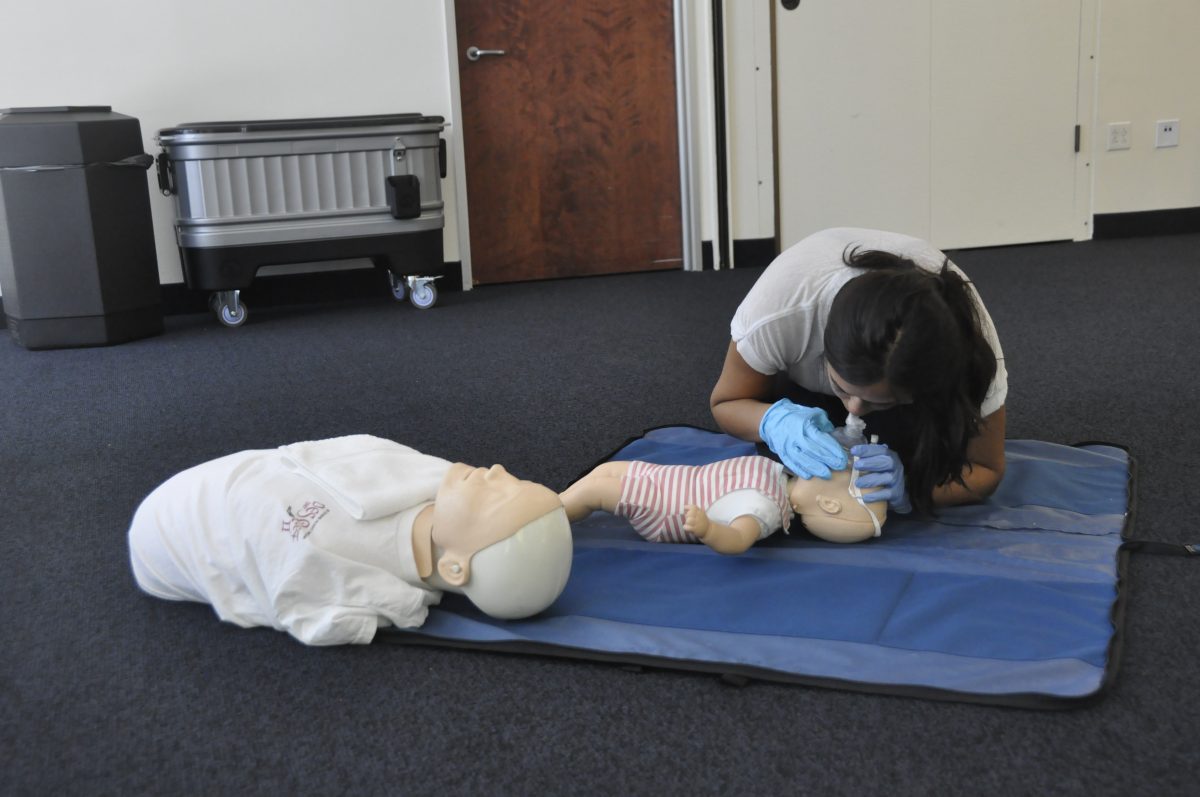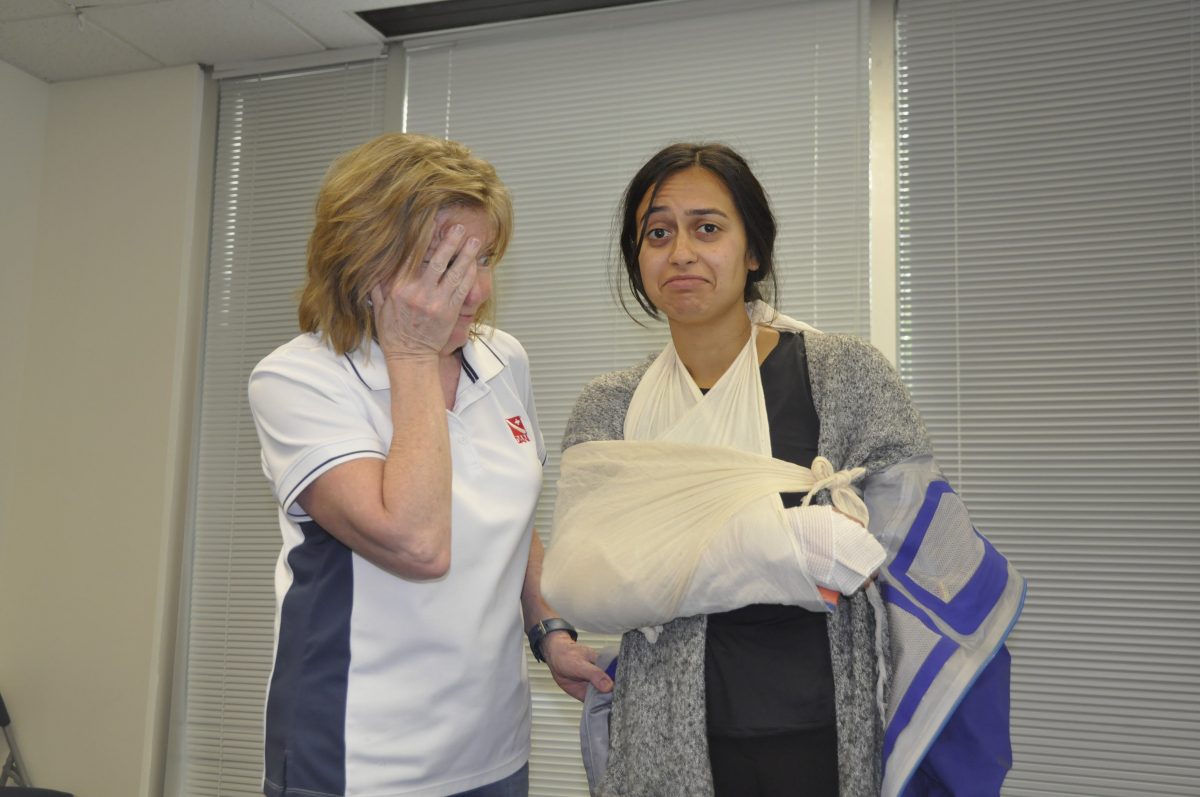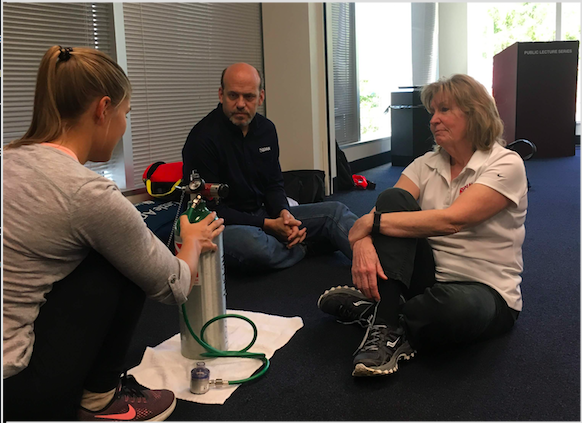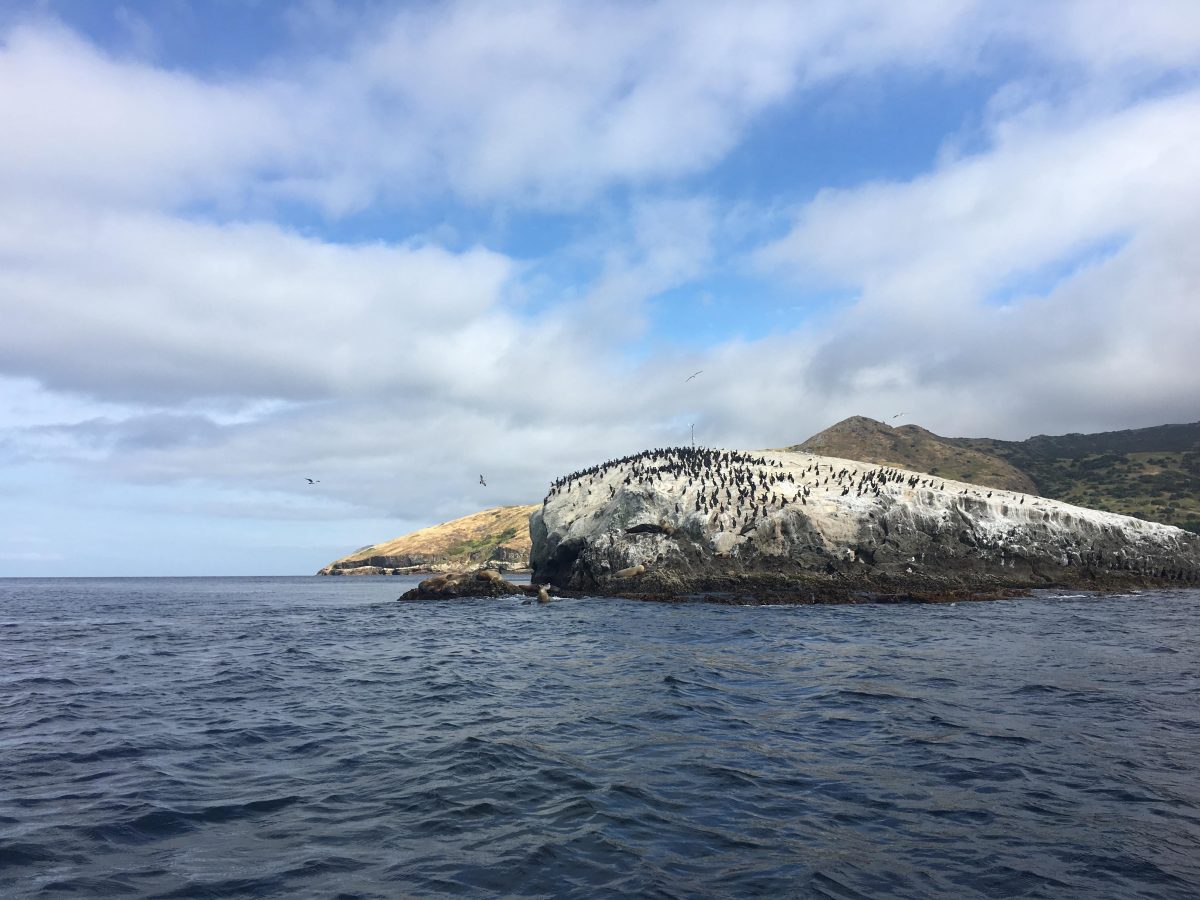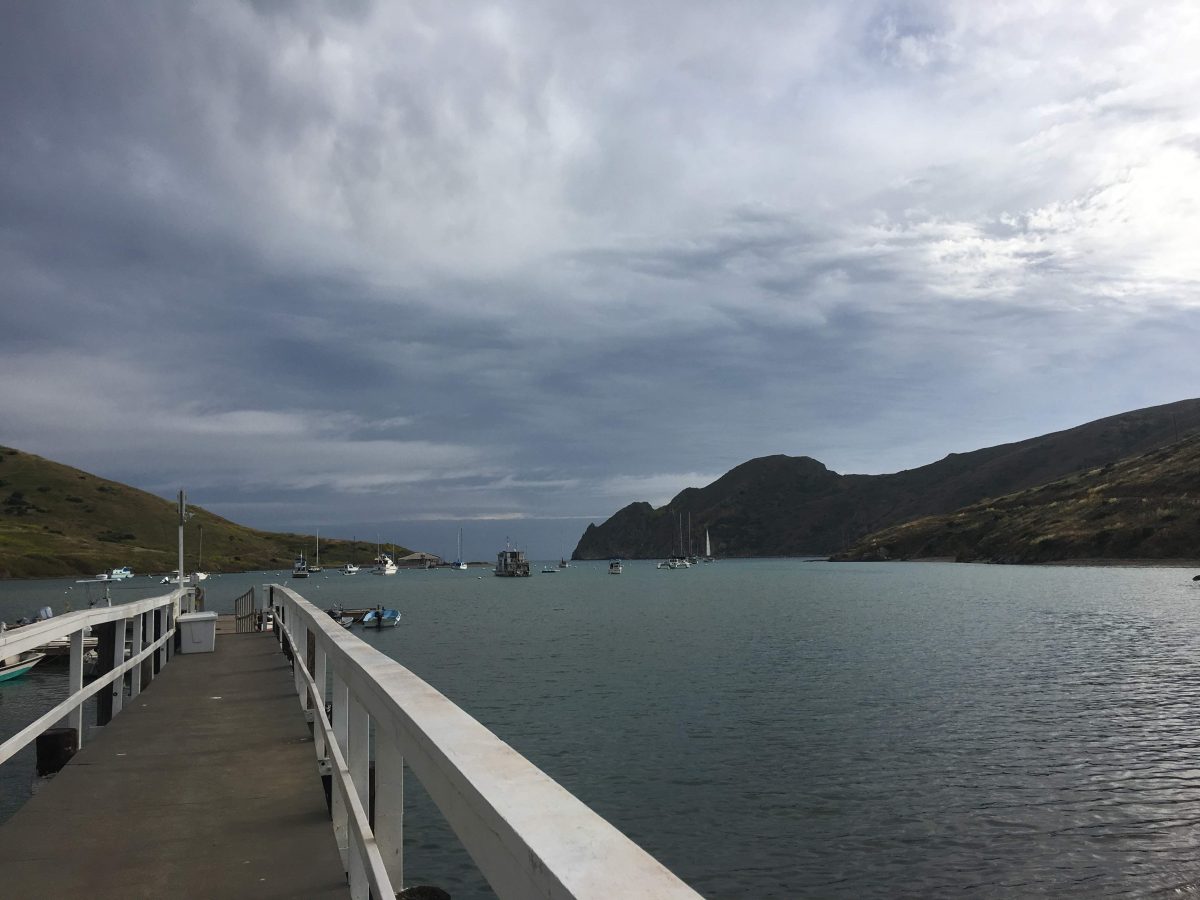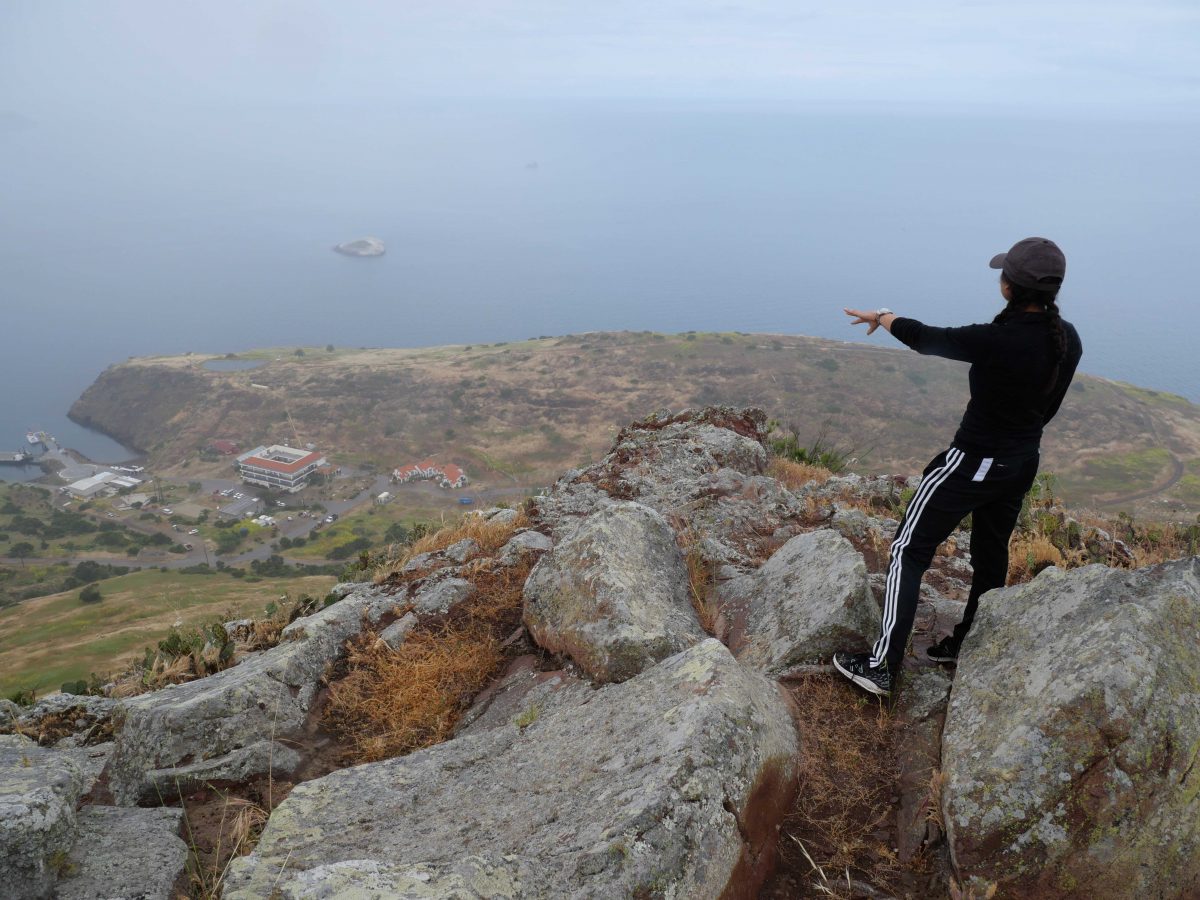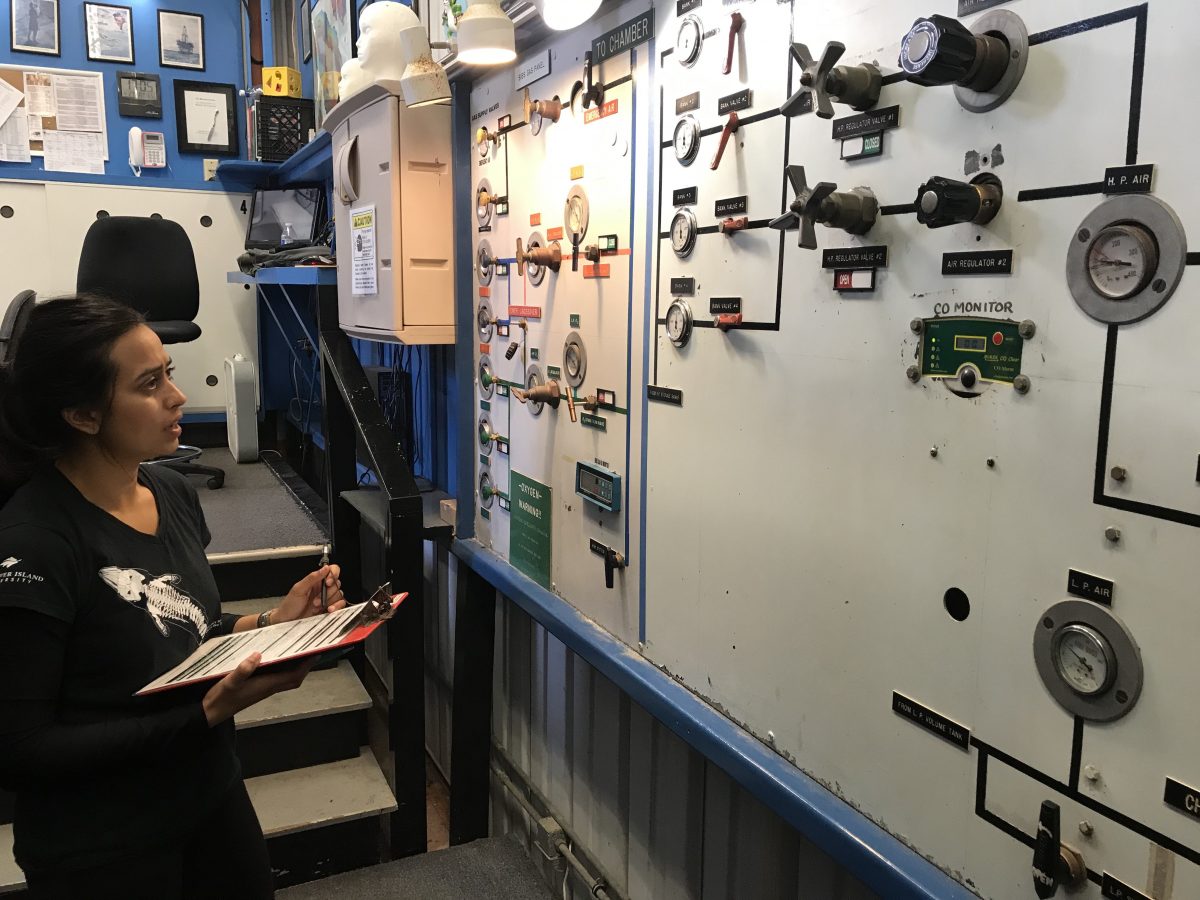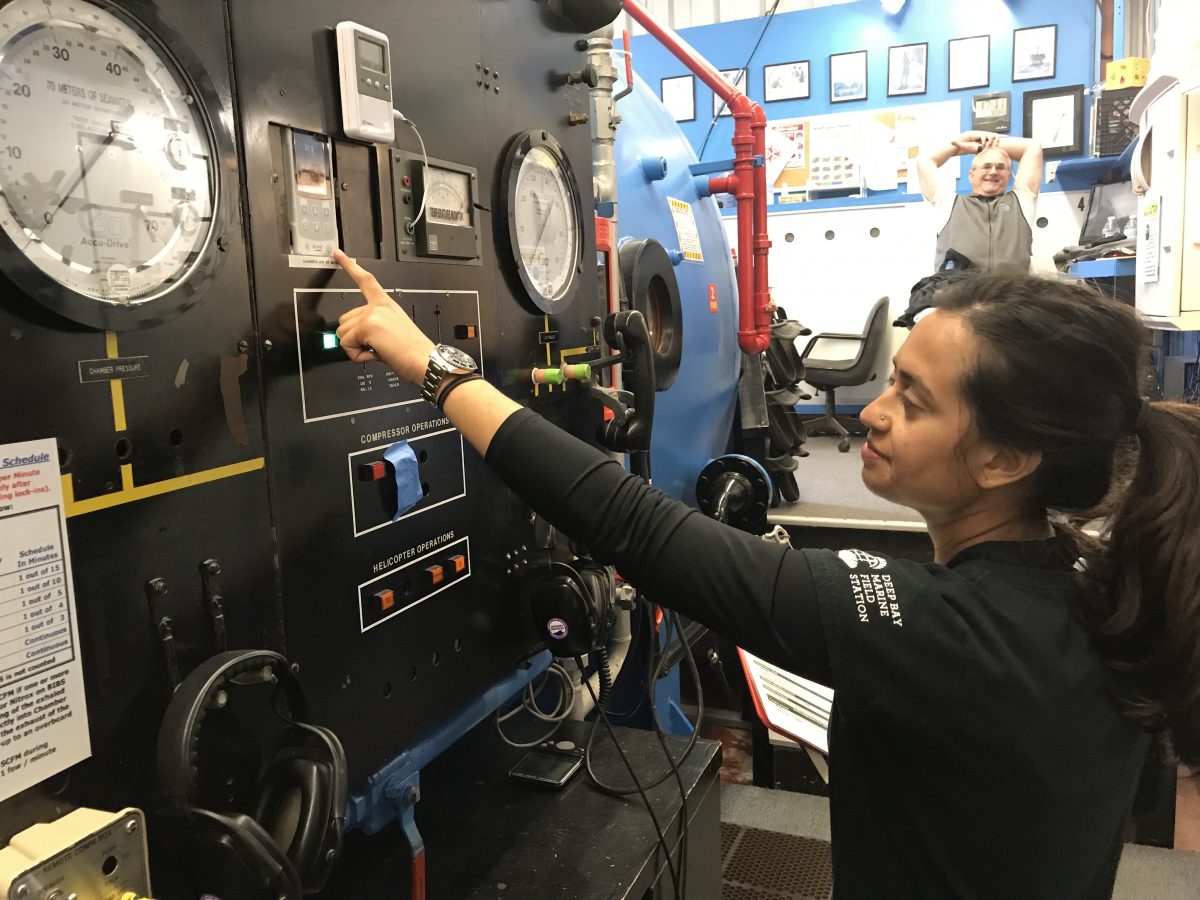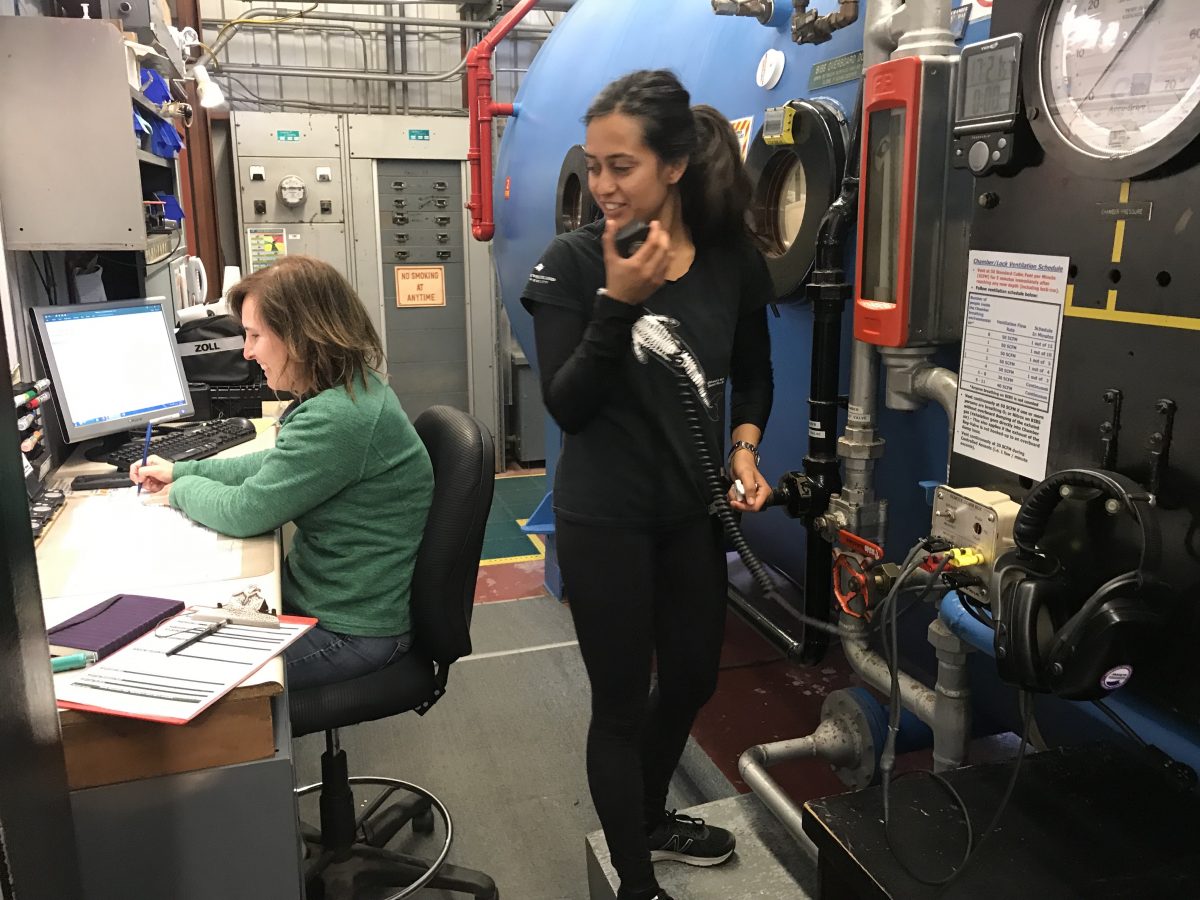Immediately following the Inaugural weekend in the big Apple, Kim- The 2019 European Scholar, and I flew to Durham, North Carolina where we were received by the incredible Patty Seery, Director of Training at Divers Alert Network (DAN).
DAN is a vital organization, providing safety infrastructure to divers globally, as well as carrying out research to mitigate risks associated with diving, and to improve our understanding of Diving Physiology.
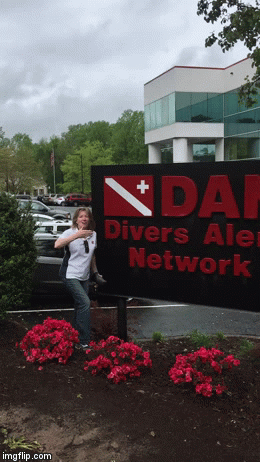
Patty had scheduled our week down to the minute, so there wasn’t a moment when we weren’t learning about the logistics of running such a multifaceted organization. DAN’s mission is to provide emergency assistance to divers in need, and to promote dive safety through research, education, products and diving services. As DAN provides a 24/7 Dive medicine hotline, cutting edge research, as well as comprehensive coverage to their divers, they have to generate income through insurance policies, memberships and safety products. So we first spent an afternoon with the DAN media and marketing team who gave us a rundown of the revenue generating side of the organization.
DAN’s safety products, and insurance initiatives are unparalleled in the diving world so it was great to see into their development. They have a captivating Instagram page that gives you up-to-date safety tips to make you a better diver. Their magazine ALERT Diver is also very informative both in terms of Dive safety and research, and top global diving destinations.
The next couple days we spent on the diver safety side of things. DAN provides a constantly manned medical hotline that is there to provide logistical support to get divers to appropriate facilities in real time accident scenarios. They provide any relevant medical advice to both the regular guy, and to the doctor who needs dive specific medical information as well. In the medical field, the ins and outs of dive injuries are still not well known, and in many situations doctors need to access dive specific information, which DAN is able to provide!
As scuba diving is still a relatively new sport, there is still so much unknown about its effects on the body and how risks can be avoided and averted. Research in this field is very active. DAN epidemiologist Allan Uribe looks at the metadata available from many different databases to tease apart risk factors associated with diving accidents to minimize these risks both from an individual diver standpoint, but also what changes can be made within the industry as a whole to prevent victim blaming, and to make training more effective in preventing accidents from happening.
Frauke Tillmans, the DAN director of Research, studies decompression sickness and accidents from a more physiological perspective. She looks at many factors that may be contributing to bubble formation, including gender, as like many other areas of research there is a huge knowledge gap when it comes to women and diving. Check out this paper if interested.
This is just a sample of the work being done right now at DAN, but they do and have done so much more! For example, a long term DAN study found that a 24-hour waiting period to fly after a dive was not necessary for all diving profiles! Check out more of their cool research here.
Kim and I also had the privilege of visiting the Duke University Center for hyperbaric medicine and environmental physiology, one of the oldest and most important chambers in the diving world. It was originally built in part to provide a pressurized chamber to perform open heart surgery in, but by the time it was built that need was alleviated. So instead it was used to study the unique physiological stressors that are created when diving. It was here that heliox technology and Trimix were developed. These are invaluable tools in the tec diving world. It is also a functional medical chamber providing oxygen therapy to patients in need, as well as carrying out active research in diving physiology and gas mixes.

The last couple days we spent with DAN, Kim and I did our Divers First Aid Pro course. This course is a comprehensive first aid course developed by DAN specifically for Divers. It was a really good refresher for me, and I feel ready for the challenges that could be ahead this year! DAN has provided support to the OWUSS for a long time, and I am so appreciative for their hospitality and support!
The next week I flew across the country back to Victoria, Canada, where my car was waiting for me. I jumped in, and drove an easy 2700 km down to Long Beach CA… No big deal.
Quick Shout out to :
- This Podcast will Kill you
- Hidden Brain
- Deep Descent By Kevin F. McMurray (Audiobook)
Highly recommend all three for any of your long travel needs, very interesting, and share amazing knowledge.
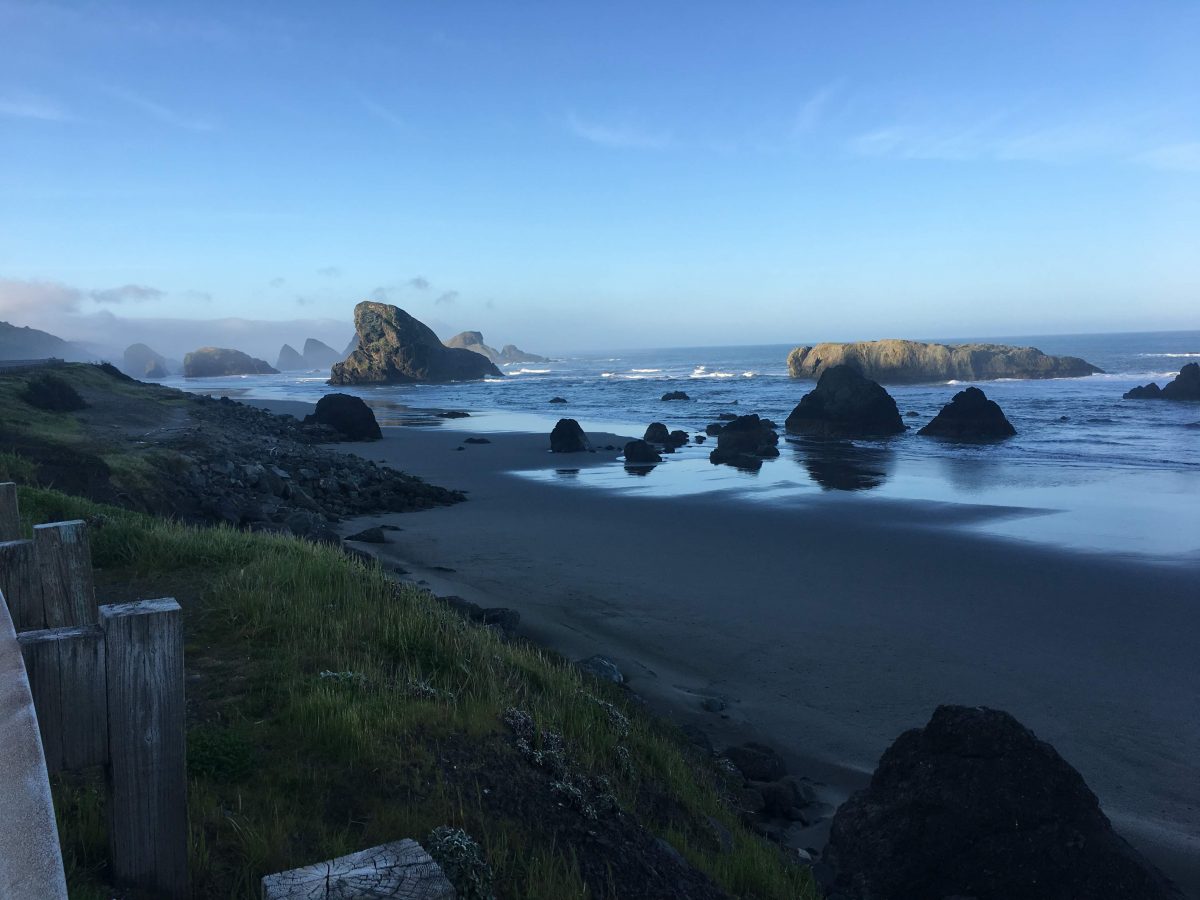
Cannon Beach, Oregon 
California Sea Otter 
Quick dive stop in Monterey with 2019 OWUSS NPS Intern Mike Langhans
After 5 days along the Pacific Coast, I finally got to Long Beach CA, from where I took a boat the next morning to the Wrigley Institute for Environmental science on Catalina Island. I was there to spend a week at the Catalina Hyperbaric Chamber, located at the USC Wrigley Institute for Environmental Studies on Catalina Island.
Karl Huggins has been the director of the chamber since September 1992, and has been involved with the OWUSS since the 1980s. He was an amazing host, and I learnt so much from him! Karl was instrumental in creating different decompression models that took human Doppler bubble studies into account.
This allowed him to help develop one of the first recreational dive computers. These models are still used in the chamber, and in various scientific diving programs across the country. The chamber still carries out research on Dive computer testing to see how different models respond to different dive profiles, and the corresponding potential decompression risks that are put on divers.

The Catalina Hyperbaric Chamber, however, is primarily an active chamber that treats dive injuries from all around Southern California and the Channel Islands. Since opening they have treated over 740 people in the chamber, and have had over 250 people come back for retreatments.
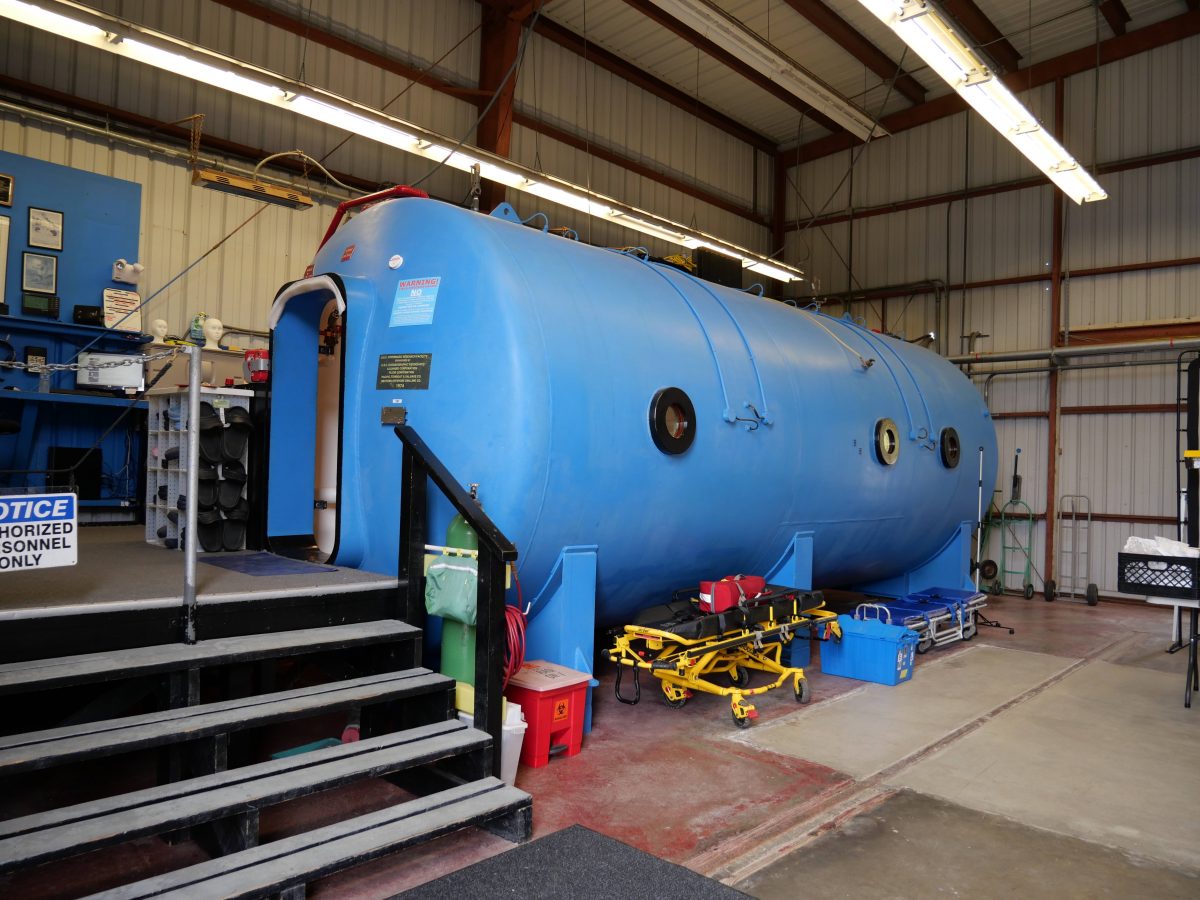
The Chamber! 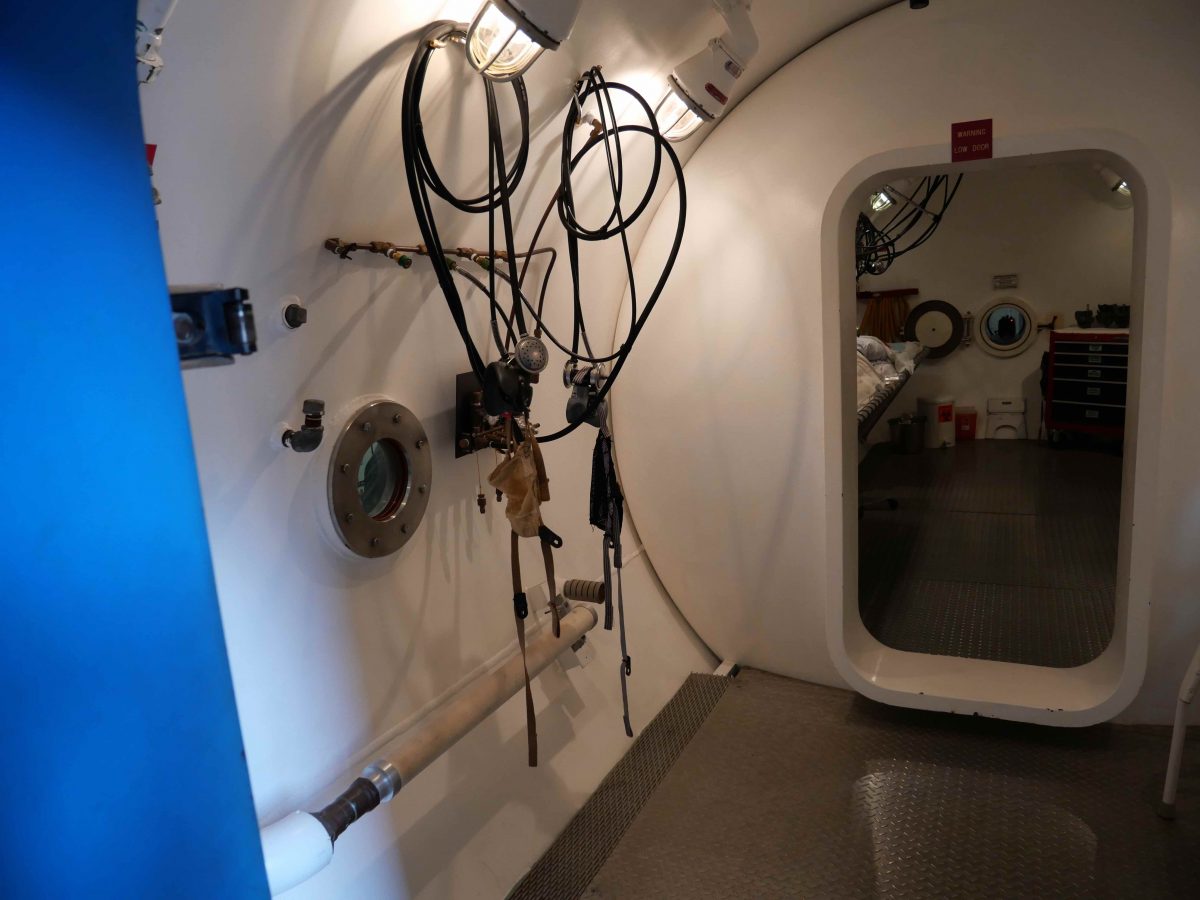
Front area of chamber where pressure can be manipulated independently to let people in and out of active treatment 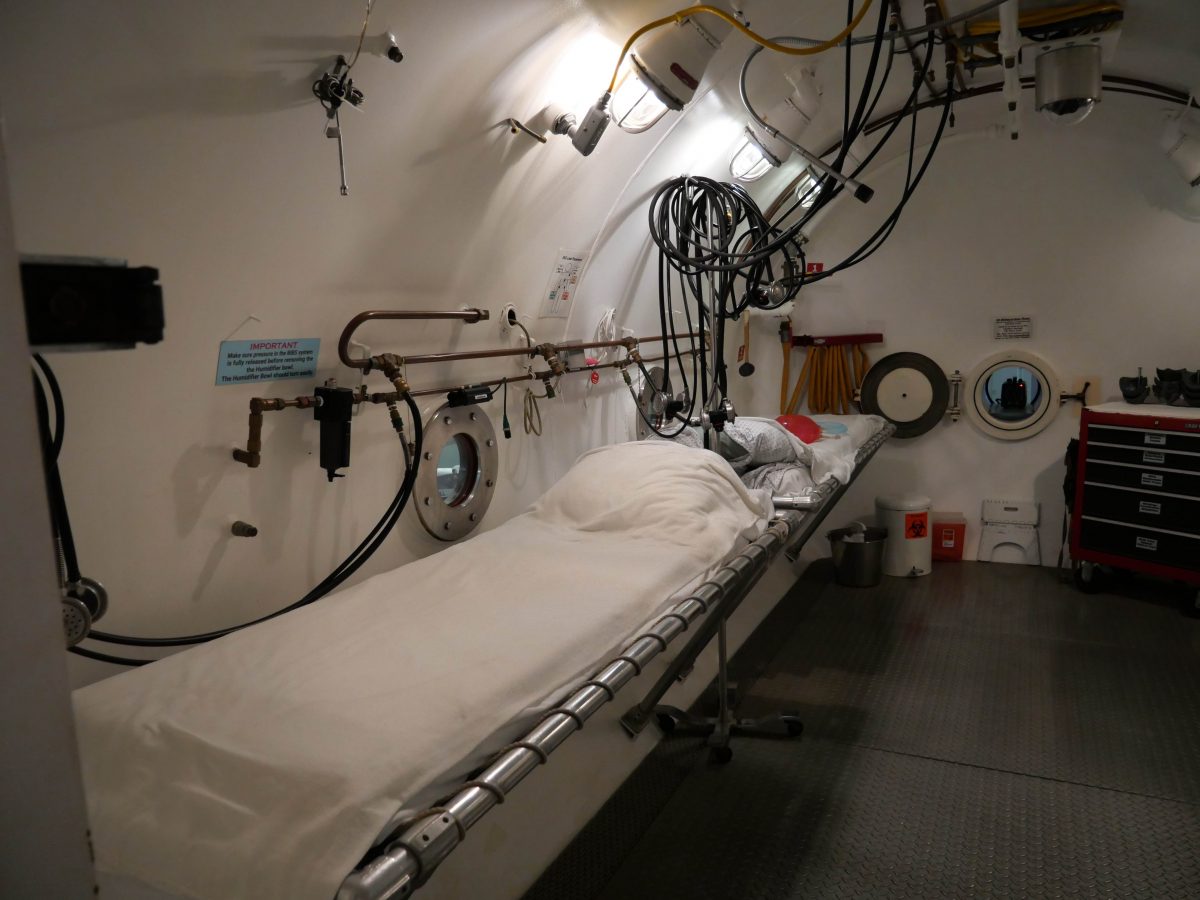
Main chamber
For those who don’t know, recompression in a hyperbaric chamber is a necessary treatment for many dive related injuries. In some cases of air embolism where a bubble is blocking a necessary blood vessel, recompression can shrink the bubbles and alleviate symptoms relatively quickly. In other cases of Decompression sickness breathing pure oxygen under pressure helps wash out nitrogen in the system and helps damaged tissue to heal.

The Catalina Hyperbaric chamber is one of two chambers in California that is fully equipped and staffed to treat a dive emergency 24/7. The chamber operations are fully run by a dedicated group of volunteers, who take time out of their lives to go to Catalina Island and man the station. To run the chamber while there is a patient being treated requires a cohesive team that can work well together in high stress situations for sometimes up to 12 hours at a time! While I was there I did some chamber operator training. It is a job that requires vigilance, and precision and trying it out for just a 30 minute dive was hard for me! Karl also took me on a dive in the chamber. Being under pressure out of water is a crazy experience, as you can feel and see manifestations of the physics you learnt in school around you!
Due to the high density of divers in the area Los Angeles county provides 50% of the annual budget. The other half needs to be raised by different fundraisers. I happened to be around for chamber day, the biggest fundraiser of the year. Chamber day aims to bring awareness to the public regarding the various groups that operate in the area to make sure that citizens are safe and can be rescued in emergencies. The LA sheriffs department and Baywatch among others bring their helicopters and boats, and talk to the public about what they do and how they work with the Chamber.
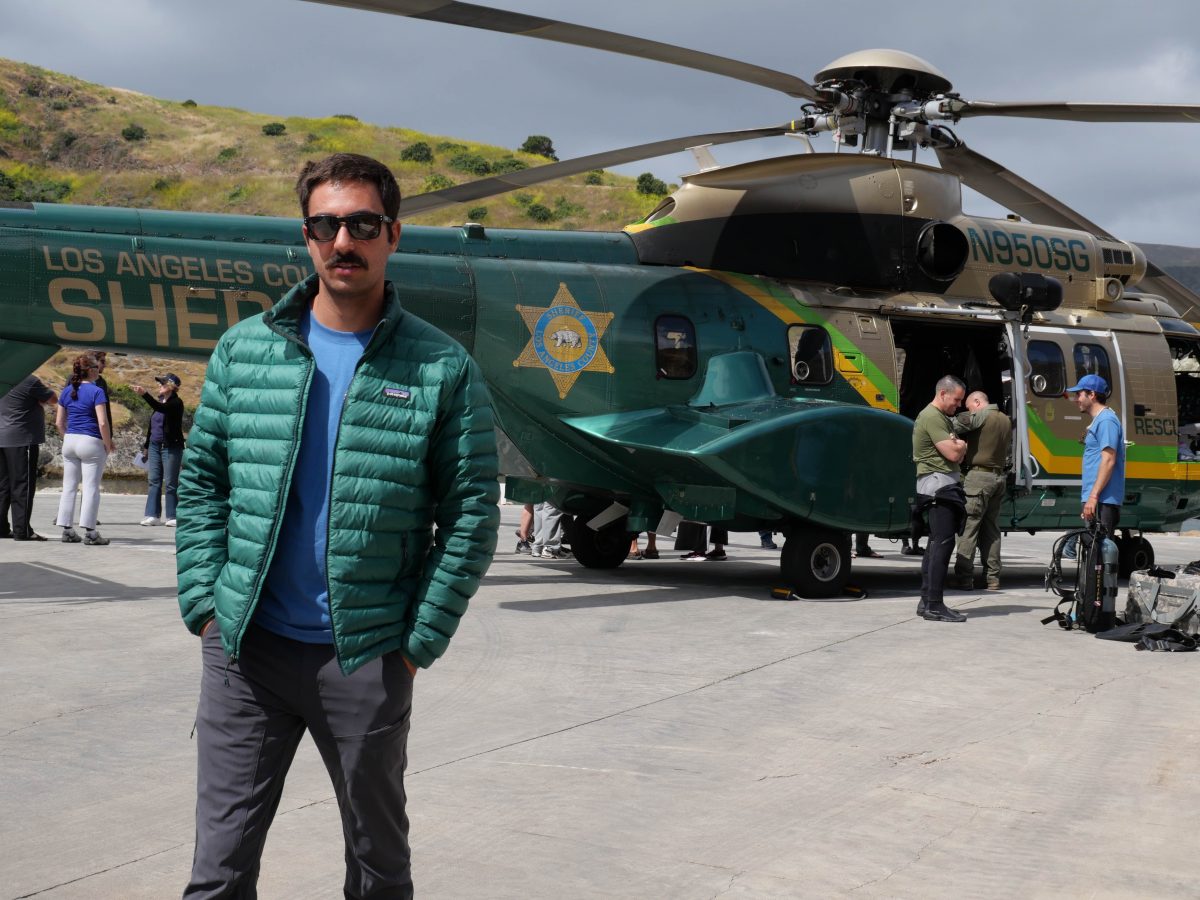
Chamber volunteer Christian Temesy in front of LA Sherriffs Helicopter 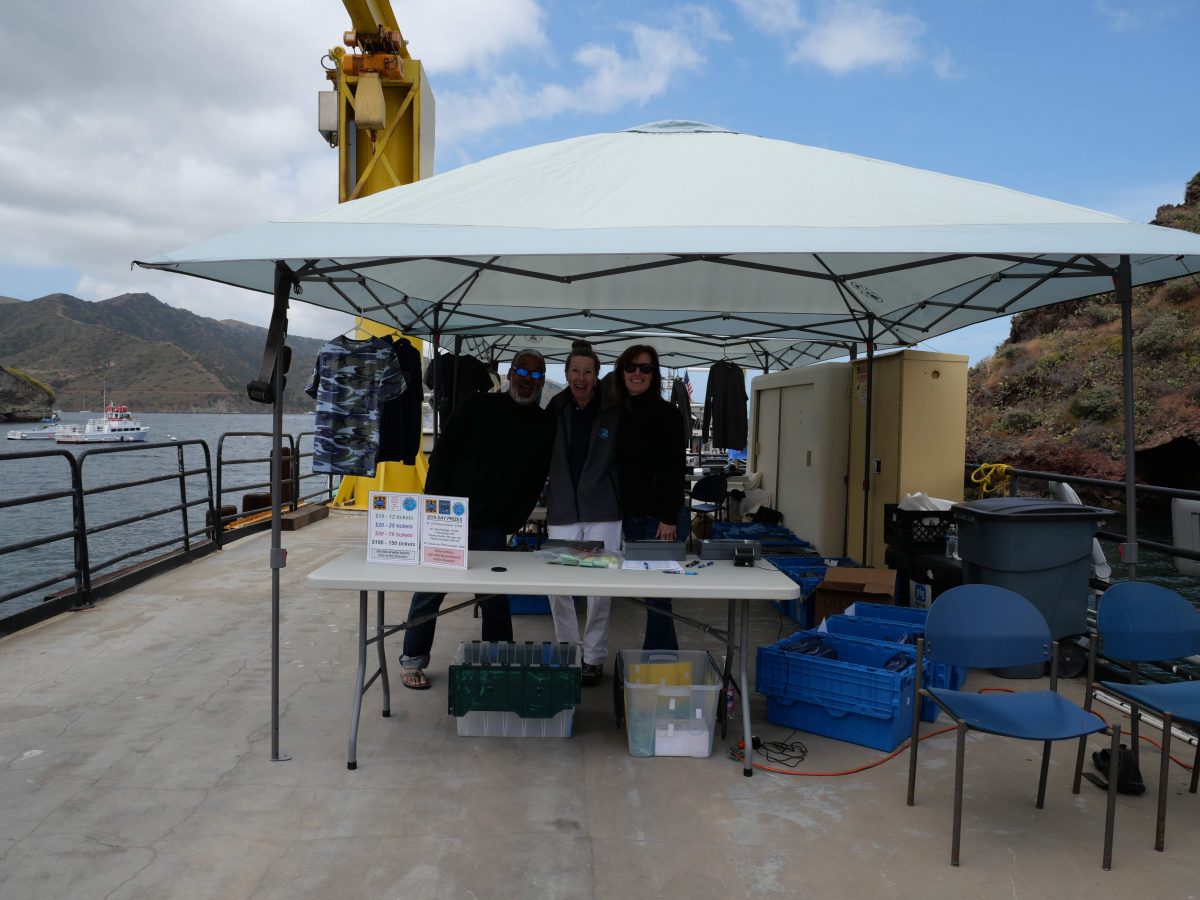
Chamber volunteers Cyd and Fiona at the merch table 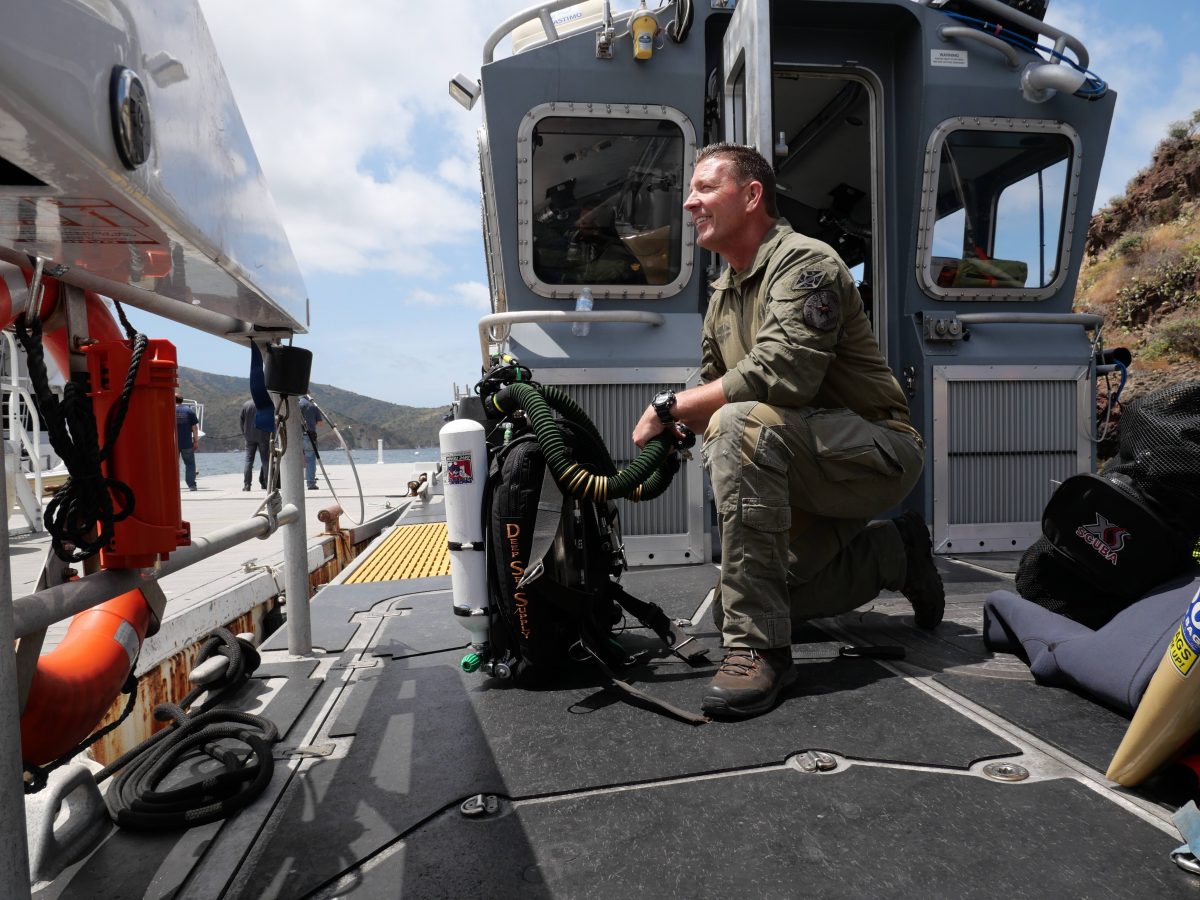
LA Sherriffs Department diver shows me his rebreather
Local dive charters will bring their divers on the day, and the divers can do a 1 foot dive in the chamber, and learn about how the chamber operates. Chamber day culminates in chamber eve, a black tie event held at the Aquarium of the Pacific in Long Beach. Through raffles, tickets, and merchandise sales the chamber managed to raise enough to ensure operations for another year!
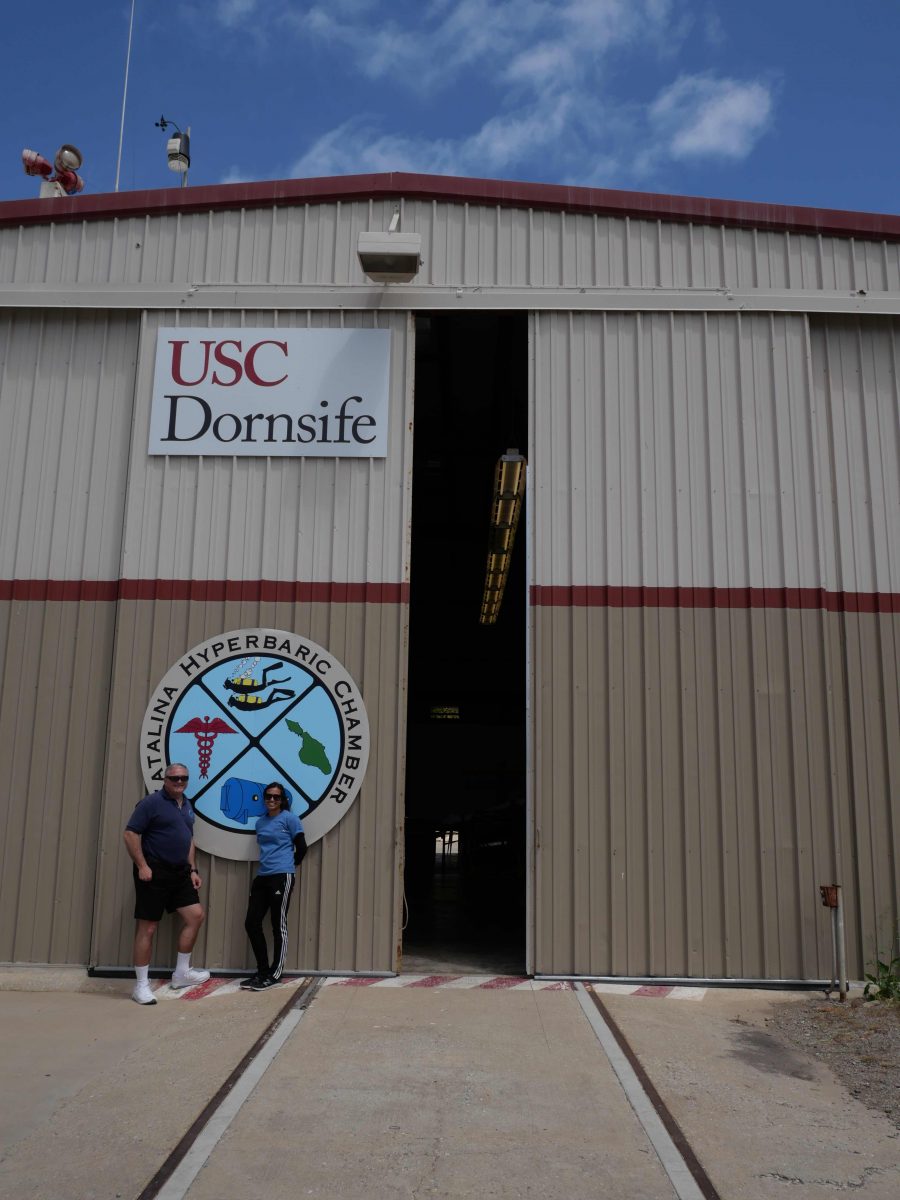
I am so happy that I was able to be there for this event. Hyperbaric chambers willing to treat divers are necessary. Witnessing the local diving community come together to take care of each other was inspiring! If you are interested please donate!
